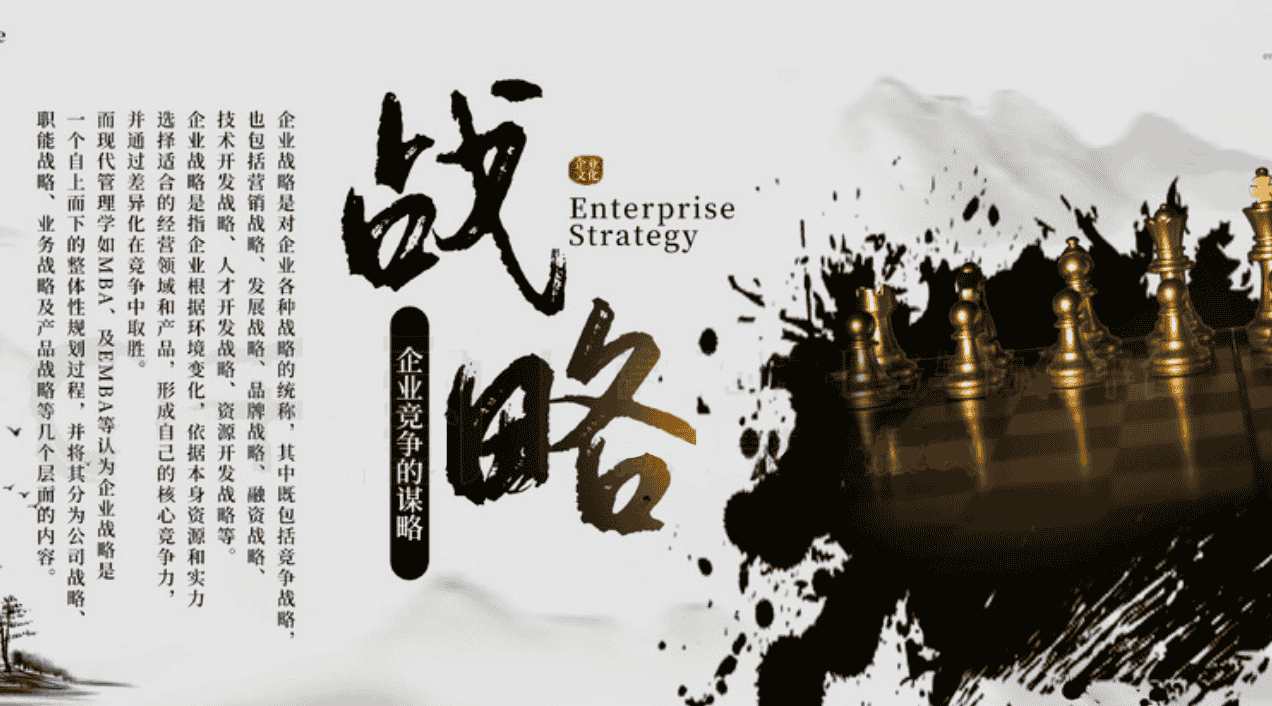Business is a war, and strategy is about defeating your opponent

Looking back, when I first came to Toronto, Canada more than 20 years ago, the business environment in Canada was completely different from what it is now. At that time, Canada’s population was very small, and most of the companies on the side of the road were small local businesses, such as those in the town, or in the region. Due to the small population of the town, the business marketing strategy was relatively homogenous, focusing on local offline operations.
But in the new century, with the growth of the population in Canada and globally, there are now starting to be a lot of conglomerates, a lot of them doing international business, and some of them are doing online business as well, for all of North America, or globally.
Starting in 2023, the global economic situation has also changed, resulting in today’s business wars becoming more and more competitive, spreading across the globe, with every business competing for resources.
This means that it is now the most important thing for a company to develop a marketing strategy that is imminent.
We can broadly categorize company marketing strategies into four types:

- Innovative + defensive strategies fit market leaders
A leading company refers to a recognized leader in the overall market.
For example, Starbucks, as the leading company in the coffee world, has made many innovations to maintain customer loyalty. The owner of Starbucks believes that the store is the most important scene of customer experience and the core value of customer loyalty, including: location, format, service and product.
While other coffee shops are still focusing on the traditional cafe model, Starbucks has launched the more high-end The Starbucks Reserve Roastery and Tasting Room: a storefront that offers 360-degree, fully transparent, self-customized coffee service with the highest-quality coffee grinding service, roasting, and all the way through to polishing the Finished product. Starbucks will always prioritize innovation. Starbucks has many other innovations such as the online mobile wallet and many more. It’s these innovations that give customers the best experience and drive Starbucks to stay at the forefront, maintain its leading position, and raise the bar for competition so it can’t be surpassed by others.
Good companies should also block competitors, such as Starbucks, which quickly brought in capital to rapidly expand its chain of stores globally and blockade the monopoly market when other coffee shops were still in business.
Leading enterprises must maintain their competitiveness, always at the forefront of innovation, defense “second brother” and other enterprises to overtake themselves, so that they are in a leading position.
2. Integration + Offensive strategy for the “second brother” of the market
Being the second and third in the market, the strategic approach of the enterprise is to integrate resources, focus firepower, and fully attack the weak points of the market leader.
When Steve Jobs took the helm of Apple, he axed many of Apple’s lingering and unprofitable projects and concentrated on the development of four major products. Under his leadership, Apple returned to the top, surpassing market leader Nokia and other leading companies.
3. Flanking strategies are suitable for medium-sized and new enterprises that avoid the main battlefield
Side wing is “next to the wing”, which means that enterprises have to go to the new market, to avoid competition with the first brother, the second brother, the third brother of the main battlefield, into a field without competition, out of the strange effect.
For example, in the 20th century, Microsoft is the leading technology company, Microsoft was founded in 1975, when Bill Gates was only 18 years old, he saw a huge business opportunity for computers, at that time a lot of people questioned the idea, no one to do this thing, because the computer is a huge machine, the scientists in the laboratory to do the military arithmetic will only be used. At that time, no one could think that he could come into your home, and now the computer to so small and delicate, but also powerful.
At that time, one of the world’s technological hegemony IBM did not think that these computers can be developed to today, can with so much innovation and business opportunities, so they do not pay attention to, and do not go to compete with you, so they and Microsoft said that your DOS system love to sell whoever you want to sell, and this is the achievement of the monopoly of today’s Microsoft’s market.
4. Guerrilla strategies are appropriate for small enterprises
Guerrilla warfare means to find a “small enough to hold” market segment, in a small pond to do big fish.
there are
Such a starting cost can also be kept, barefoot and not afraid to wear shoes, big business is to wear shoes, small business if something goes wrong can also be rebuilt with little loss.
Let’s say we open a restaurant and we only know how to make Japanese curry, but there aren’t many in all of Canada that do that well, so we can be the boss of this little pool of candy, and not a lot of people like Japanese curry, but the ones that do will come and spend their money at our store, and then we can take it from there.

Alice Ding, who graduated from the University of Waterloo with a Bachelor’s Degree, is the Senior Vice President and Marketing Director, in addition to being responsible for the company’s various marketing plans, she also helps our clients with their real estate sales strategies and promotions, so that the real estate entrusted to us always stands out from the crowd and sells at a high price.
Alice Ding has been invited to join the Forbes North America Board of Directors as a Forbes Business & Technology Leader since 2023. Alice Ding is also a shareholder of several marketing and technology companies, and maintains good relationships with several small and medium-sized enterprises, and can provide professional advice on your commercial real estate and business operations.

